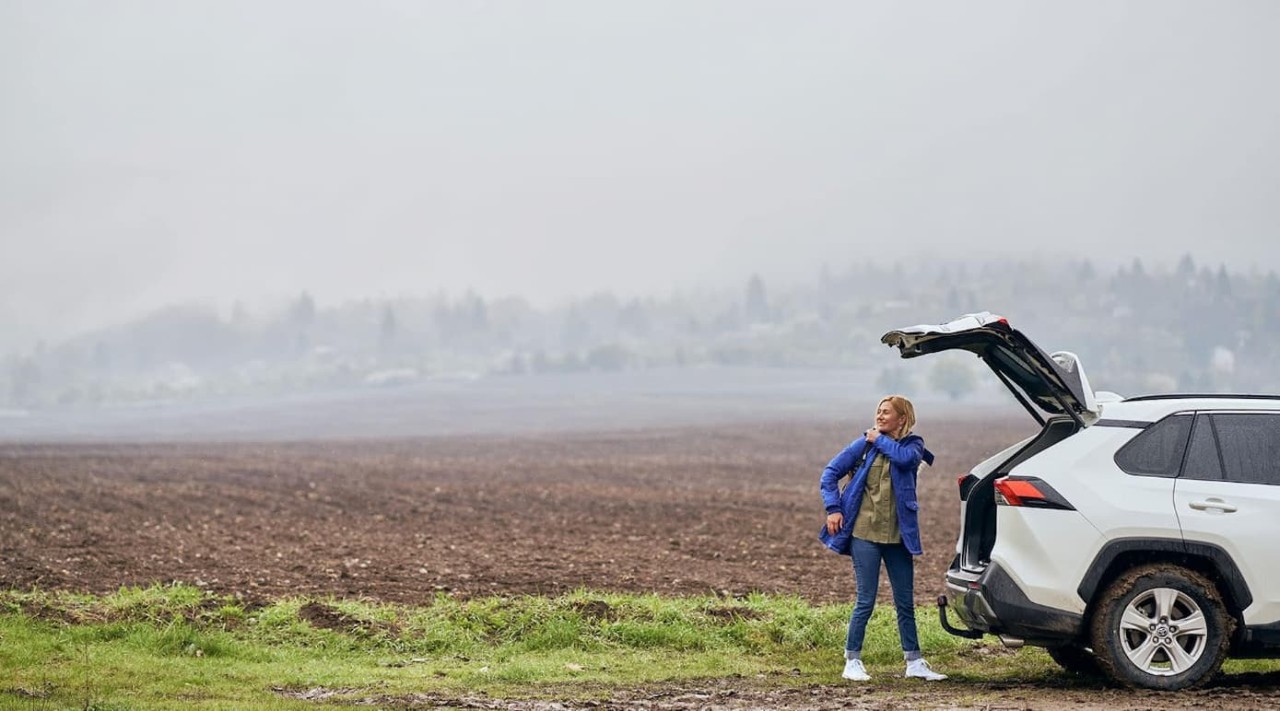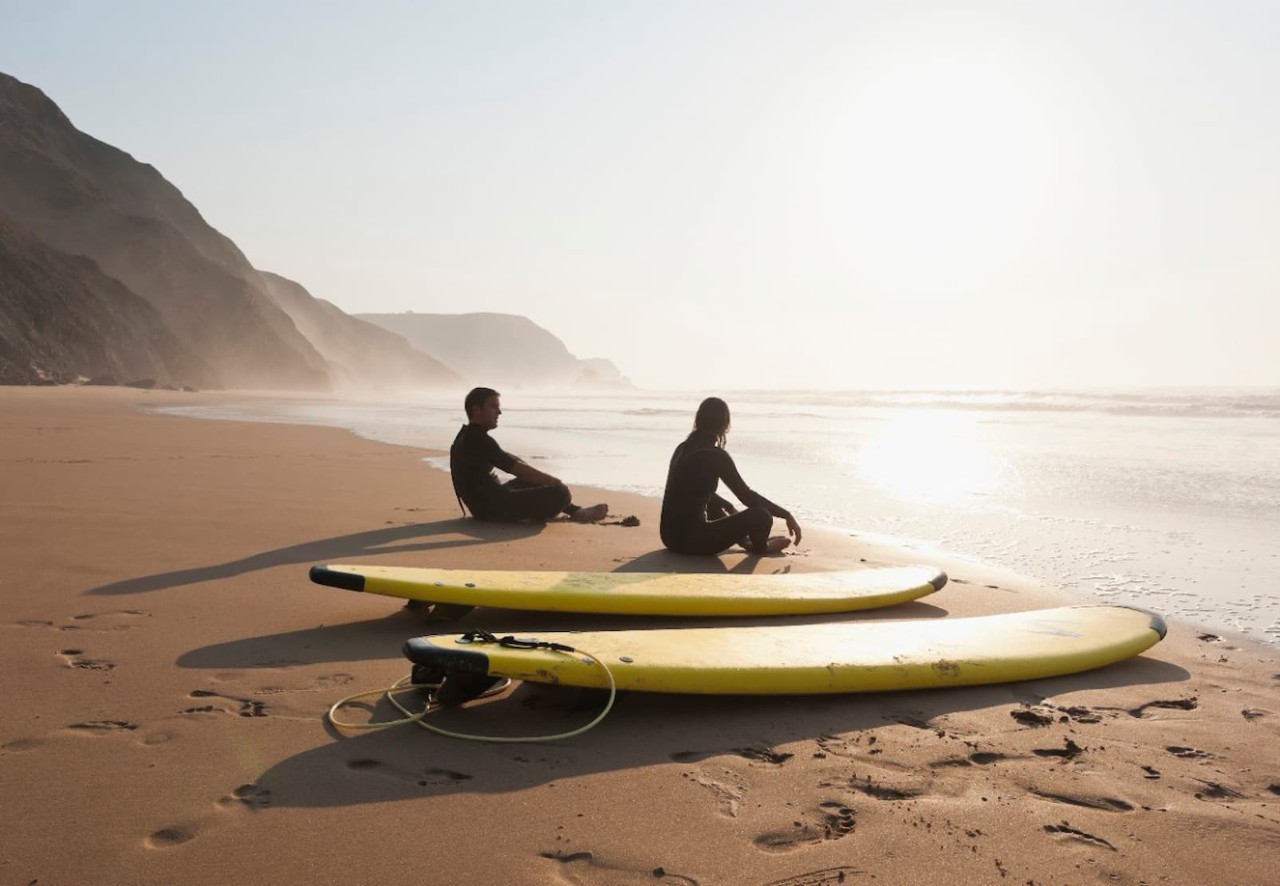by Melanie May | 3 min read May 16th, 2019
For young first-time drivers, car insurance can be frustrating and often costly to organize. High-risk factors such as age, limited driving experience, and no previous insurance can drive up premium prices.
One way to help reduce these costs is to add first-time drivers to the parent’s active car insurance policy. The insurance premium is likely to increase but it’s likely to be less costly than the young driver getting a policy in their own name. Plus, they start to earn named driving experience. This will stand to them when they go to purchase insurance in their own name as they will have a better chance of obtaining a reasonable quote.
Named Driver
A child 17 years of age or older can be added as a named driver on your car insurance policy as long as they are not the main driver, hold a valid driving licence or learners permit, and only occasionally use the car.
If you tell the insurer that the car is yours and you are the main driver but in reality your child/children are driving the car more often, this could be considered ‘fronting’. Fronting is fraudulent and if detected, the insurance policy could be voided.

Adding a Named Driver Who Holds a Learner Permit
You can add your child to your policy when they hold a learner permit. However, per road traffic legislation they must be accompanied at all times when driving your car. The person accompanying your child must have held a full driving licence for a continuous period of 2 years prior.
If your child drives unaccompanied or the accompanying driver does not meet the criteria above, the insurance may be invalid as insurance companies have the right to reject a claim if a driver was driving outside the terms of their licence.
Basically, this means if an unaccompanied learner-permit driver has an accident and the vehicle is damaged by the learner driver an insurance company may refuse to pay out.
Permanent vs Temporary Named Driver
Allianz allow you to add drivers to your policy on a permanent or temporary basis.
Both permanent and temporary additional named drivers can be added to your policy as long as they meet the same requirements as the main driver(s) with regard to licence, accident record and convictions.
Allianz provides cover for temporary additional drivers up to 30 days free of charge for customers as long as the temporary additional driver is over 25 years of age, claim/convictions free and holds a full driving licence.
Where the temporary additional driver has a learner permit/provisional licence, this 30 days free cover is reduced to seven days. If cover is required for more than 7 days a weekly charge will apply. The maximum length of time a temporary additional driver under 25 can be added to a policy is for one month.
Learn more about adding permanent and temporary additional drivers to your Allianz policy.
Main Driver
If your child is going to be the main driver of the car, they will need to buy an insurance policy in their own name, and could add you as a named driver on their policy. This way there is no risk of fronting. Research from Allianz, conducted by Red C in December 2018 amongst 104 adults with children aged 17-25 who are insured to drive, found that 42% of these young drivers had a policy in their own name.
Reducing the Cost
There are a few things that can affect the price of your young first-time driver’s premium:
- Previous insurance: In order to get insurance in their own name, a lot of insurers will want to see previous insurance cover. They can get this by becoming a named driver on your policy.
- Type of car: As a general rule, cars with smaller engines are cheaper to insure than those with larger engines. So a 1.0-litre would be cheaper to insure than a 2.0-litre. Research from Allianz also found that 50% of young drivers drive a small car, 33% drive a medium-sized car, and 9% drive a large family car.
- Power of car: High powered cars can be more expensive to insure than those with more modest power output. Cars with 90hp will likely be cheaper to insure than those with 190hp.
- Age of car: Many insurance companies are reluctant to provide cover for cars that are older than 15 years. A younger car will go a long way to getting cover at a reasonable rate. According to the research by Red C, 37% of young drivers use a car registered between 2002 and 2007.
- Avoid modifications: Upgraded alloy wheels and enhancing a car’s performance can make a car more attractive to thieves, therefore, modifications are a high-risk factor which can increase insurance premiums. Standard alloy wheels won't impact insurance. Modified cars are also deemed more expensive to fix so this will also have an impact on insurance costs.
- Limit mileage: Limiting annual mileage could reduce premium. The less they are on the road the less likely they are to have an accident.
- Add security features: Cars fitted with an approved security system or immobiliser can be cheaper to insure than without any protection.
This guidance is for general information purposes only.
Information correct as of 15 April, 2019. This blog will not be updated or edited so the information may become outdated.
Allianz p.l.c. is regulated by the Central Bank of Ireland. Standard acceptance criteria and policy conditions apply.






